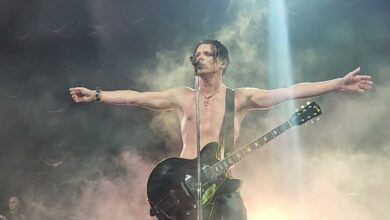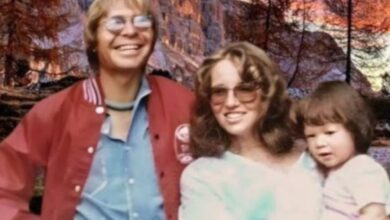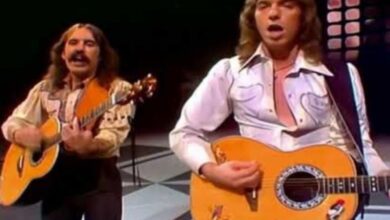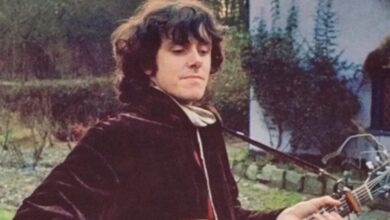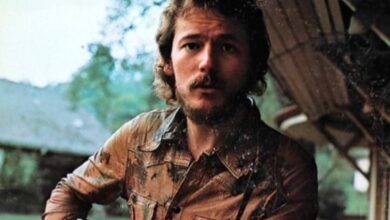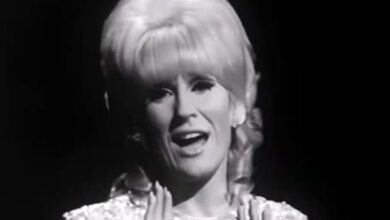Paris Just Delivered the Most Epic ‘Bohemian Rhapsody’ Tribute You’ll Ever See—The Bar Has Been Raised Forever
Some performances feel less like concerts and more like lightning bottled in real time. That was the sensation in Paris on a warm July night, when Place de la Contrescarpe was transformed from a neighborhood square into a grand arena. The occasion marked the 50th anniversary of Queen’s “Bohemian Rhapsody,” and what unfolded has already been hailed as one of the most daring and imaginative tributes ever staged.
The July 10, 2025 celebration came to life under the vision of pianist Julien Cohen, whose creative direction shaped the entire evening. Over thirty singers and musicians joined forces to reimagine the nine-minute epic, honoring every turn in its shifting journey. From the fragile piano opening through the operatic peaks and into the thunderous rock crescendo, each section was executed with a fidelity and passion that left no detail overlooked.
What elevated the performance was the way it spilled beyond the ground level. Vocalists emerged from windows above the cobblestoned square, projecting their voices into the night air. The iconic “Galileo” refrains bounced back and forth across facades, turning the entire neighborhood into an instrument. Heads craned upward as residents and visitors alike were drawn into a soundscape that seemed to dissolve the boundary between stage and city.
The cast of performers brought texture and surprise to every moment. Lead singer Mickey Callisto arrived in a horse-drawn carriage, channeling Mercury’s theatrical bravado to gasps of delight. Yet it was 11-year-old guitarist Olly Pearson who stunned the audience most, delivering Brian May’s solos with staggering confidence and maturity. Online reactions said it best: “That little guitarist is already a star!”—a sentiment that quickly spread far beyond the square itself.
The flow of the night was seamless, each section building naturally into the next. What began with quiet intimacy swelled into operatic grandeur and finally erupted into rock spectacle. When the ensemble came together for the finale, it transcended entertainment; the square vibrated with a sense of wonder, and strangers in the crowd found themselves united in awe of a shared moment they hadn’t expected to witness.
The recording, released on YouTube on September 9, quickly ignited the online world. Commenters described it as “a living masterpiece” and admitted to chills from beginning to end. Within 24 hours, views surged past half a million—a reminder that even in 2025, a carefully crafted flash mob still has the power to capture the collective imagination and spread like wildfire across platforms.
But the numbers only tell part of the story. What viewers felt through their screens echoed the atmosphere in the square: strangers smiling, laughter carried on notes, the kind of joy that expands when shared. The viral spread seemed to replicate the event itself, turning digital audiences into participants of the same spontaneous celebration that had unfolded under Paris’s summer sky.
A second clip showcasing alternate angles highlighted the care poured into staging the spectacle. Voices from above, instruments below, and deliberate theatrical gestures gave the event a cinematic sweep. It was as though Paris itself had been written into the score, the city serving as both setting and collaborator in Queen’s operatic narrative.
As the final notes dissolved into the night, the crowd erupted—cheers, claps, and embraces filling the square. For those present, it was more than a tribute; it was a living reminder of music’s ability to transform ordinary spaces into sanctuaries of unity. For the millions who later watched online, the effect was much the same: a feeling of belonging to something larger, sparked by nine minutes of brilliance that carried Paris, and the world, into song.
